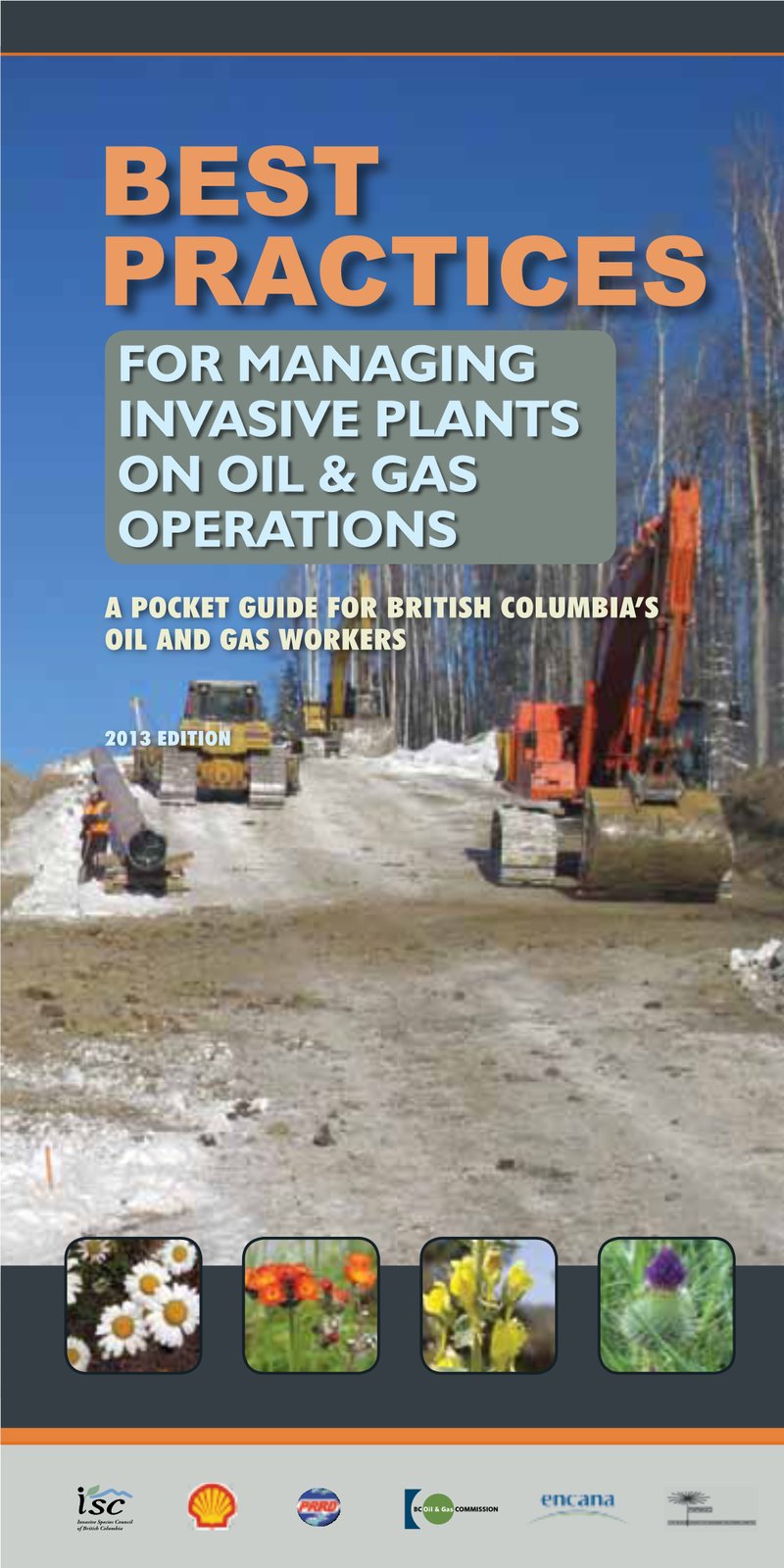
Think of it this way: your garden is like a tiny universe. Just like in space, where you want to keep your spacecraft on course and away from collisions, you want to manage your garden’s ecosystem to flourish. Reporting and monitoring garden invasives is the way to ensure your garden remains a peaceful, productive, and beautiful space. So let’s dive into the best practices on this topic.
Understanding Invasive Species
Before we tackle reporting and monitoring, it’s important to understand what invasive species are. In simple terms, these are plants, animals, or microorganisms that are not native to a given ecosystem and can cause harm. For example, kudzu is a vine that can choke your other plants, while garlic mustard can spread quickly and sun out native wildflowers.
Here’s the thing: not all non-native species are harmful. Some can co-exist in harmony with native plants. However, it’s the aggressive ones that can take over that require our attention. If you notice a quick spread of certain plants in your garden, it may indicate an invasive issue.
Why Reporting Matters
You might be wondering why reporting invasive species is so crucial. For starters, it helps to track their spread and impacts on local ecosystems. When gardeners like you report invasives, it creates a clearer picture of how these plants are moving and what damage they’re causing.
Additionally, reporting helps inform local authorities and conservation groups. If they know where invasives are spreading, they can take action—be it organizing removal efforts or educating others in the community. Strong community engagement can lead to more effective solutions.
How to Identify Invasive Species
Identifying invasives can feel a bit daunting, but there are some straightforward steps you can take. Start by doing a bit of research on common invasive species in your area; local extension services and botanical gardens are often great resources. Look for key characteristics like rapid growth, large seed production, and resistance to local pests or diseases.
When identifying a plant, consider its growth habits—does it spread quickly? Does it suffocate or outcompete other plants? Also, take note of its size; some invasives can grow significantly larger than native species. Snap a photo and keep a journal to track new discoveries in your garden.
Helpful Resources for Identification
Here are a few resources you can use:
- Local gardening clubs
- Extension service websites
- Mobile apps like iNaturalist
- University agricultural departments
Having these at your fingertips will make spotting invasives easier and less stressful.
Best Practices for Monitoring Invasive Species
Once you’ve identified invasive species, monitoring them is vital. Start by setting regular check-ins—maybe once a week or every month—where you walk through your garden and take notes. Look for new growth or changes in the spread of the species.
You can also create a map of your garden and mark where you see invasives. This visual representation will help you understand how much they’re spreading. Plus, it can be satisfying to see your progress as you manage them over time!
Reporting Invasives: How to Do It Right
Now, let’s get to the nitty-gritty of reporting these pesky plants. The first step is to contact local authorities or environmental organizations. They often have specific protocols for reporting. Here’s how you can do it:
1. **Collect Information**: Include the species name (if known), location, and date you spotted it. A photo can be a valuable addition.
2. **Choose the Right Platform**: Many states have online forms or apps dedicated to reporting invasive species. Look for tools like EDDMapS or local conservation websites.
3. **Share Your Findings**: If your garden isn’t the only affected spot, consider posting on social media or local forums to raise awareness. Remember, the more eyes looking out for invasives, the better!
Managing Invasive Species in Your Garden
After you’ve reported the invasives, it’s time to tackle them in your garden. Depending on the species, removal methods can vary. Some common practices include:
– **Hand-Pulling**: For smaller invasives, pulling them out by hand can be effective. Make sure to get the roots.
– **Mulching**: This can help suppress growth and prevent seed germination. Cover the area with a thick layer of mulch.
– **Herbicides**: If the problem is severe, you might need to resort to chemical treatments. Be sure to choose eco-friendly options and apply them in accordance with safety guidelines.
Keep in mind that persistence is key—removing invasives isn’t a one-time job. You’ll need to keep a watchful eye and manage any regrowth.
The Role of Community in Combating Invasives
As a gardener, you’re not in this alone! Your community plays a significant role in managing invasive species. Join forces with local gardening clubs or conservation groups. They often host workshops on invasive species management, sharing techniques that can make your efforts more effective.
Also, consider organizing community clean-up days. It’s a great way to bond with fellow gardeners and tackle invasives together. Who knows, you might even turn it into a fun, social event with snacks and laughs!
Staying Informed and Engaged
In the world of gardening, things are always changing. Stay informed about new invasive species and best management practices. Following reliable sources, subscribing to newsletters, or attending workshops can keep your knowledge fresh.
Here’s the bottom line: reporting and monitoring garden invasives is crucial to maintaining healthy gardens and ecosystems. By identifying, reporting, and actively managing these invaders, you’ll be contributing to a healthier environment for your community. Happy gardening!

